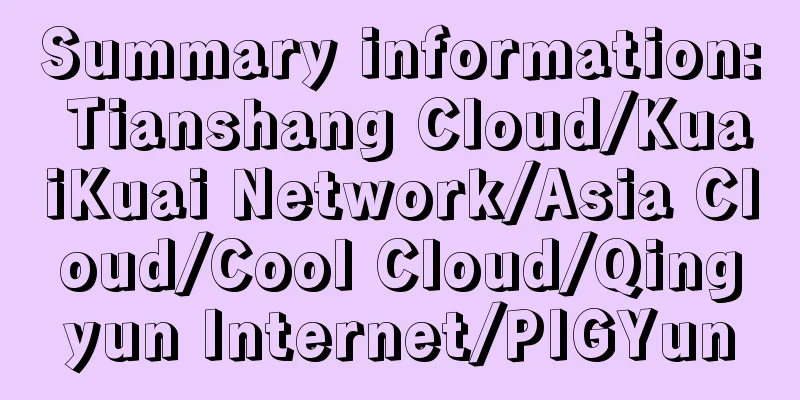How to build a faster fiber optic network infrastructure?

|
Fiber optic network infrastructure is the backbone of modern communications and data transmission, enabling faster connection speeds and higher bandwidth capacity than traditional copper cables. In this article, we will discuss the importance of optimizing fiber optic network infrastructure and explore various technologies for achieving faster connections. Factors Affecting Fiber Optic Network InfrastructureFiber optic networks are a reliable and efficient way to transfer data, but there are several factors that can affect their performance. Understanding these factors can help network administrators optimize the network for faster connections. Following are some of the key factors that influence fiber optic network infrastructure:
Technologies to optimize fiber optic network infrastructure for faster connectionsFiber optic networks provide incredibly fast and reliable connections, but it’s key to optimize your infrastructure for optimal performance. Here are some techniques to optimize fiber optic network infrastructure:
The Future of Fiber Optic Network InfrastructureFiber optic network infrastructure has been developing rapidly, and its future seems promising. As fiber optic technology advances, faster connectivity and higher bandwidth capacity are expected to become the norm. Next, we will explore some of the key developments that are shaping the future of fiber optic technology.
in conclusion:An efficient fiber optic network infrastructure is essential to enable faster connections and enhance network performance. Upgrading equipment, minimizing signal interference, and deploying WDM are some of the technologies that help achieve this. As fiber optic technology continues to advance, we can expect faster connections, higher bandwidth capacity, and innovative applications across different industries. As we move toward a digital future, facilitating better communications and connectivity, investing in and optimizing fiber optic network infrastructure is essential. |
<<: Akamai Launches Prolexic Network Cloud Firewall
>>: 5G and edge computing: a powerful combination
Recommend
SpaceX executive says Starlink can expand service to 30 million Americans
SpaceX's satellite internet service, Starlink...
BuyVM adds new unlocked streaming VPS hosts, 1Gbps unlimited traffic from $5/month
BuyVM has launched the China Special - STREAM RYZ...
Which cloud SMS service is better? Borui Data released a cloud SMS evaluation report
Introduction Beijing Borui Hongyuan Data Technolo...
Hot Topic | Why is the United States determined to "kill" Huawei?
"After reading the 20,000-word interview wit...
20 pictures to thoroughly understand the principles of HTTPS!
[[355627]] Preface In recent years, major compani...
"e-Enterprise Networking, Setting Sail for a Long Journey", China Mobile's new e-Enterprise Networking product is officially released
On January 16, China Mobile and Huawei successful...
[11.11] Justhost offers a 30% discount for a limited time, with 22 data centers available in Russia, the United States, Singapore, etc.
Justhost.ru has released a limited-time discount ...
Analysis of the current status of cloud computing industry development, challenges faced by operators in their layout
Domestic operators are making great efforts to la...
What happens when you enter a URL in the browser (Part 2): TCP module encapsulation and transmission mechanism
This series of articles will start with an introd...
Extremely simple operation! IIS site migration can be achieved in 3 minutes
To achieve load balancing or server migration, we...
European and American telecom operators claim: No one needs 6G
"No one needs 6G. The industry should make 6...
5G changes everything. 5G will have a huge impact on many areas of life
From low-latency, ultra-high-speed bandwidth to i...
Network | 5G secrets that operators don’t want to tell
On November 1, several major domestic operators o...
Following ZTE and Huawei, China Mobile is again caught up in the "national security threat" scandal in the US
Trump reportedly blocked China Mobile from enteri...
TmhHost: 20% off for Los Angeles CN2 GIA high-defense, 20% off for Hong Kong NTT data center VPS, US CN2 GIA quarterly payment starting from 70 yuan
TmhHost is a Chinese VPS service provider establi...









